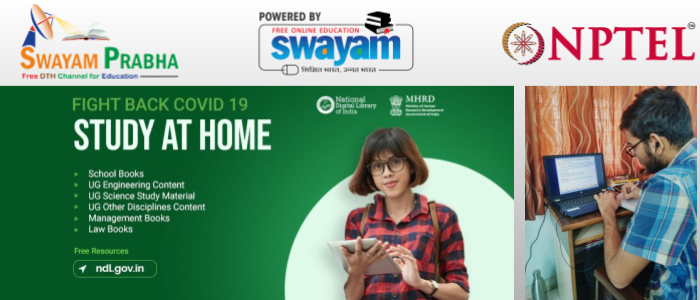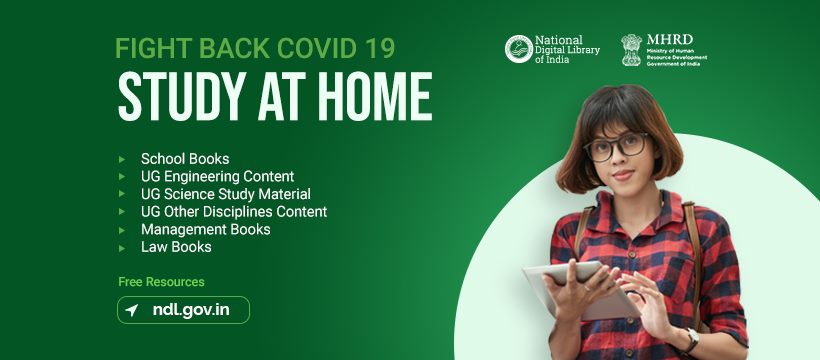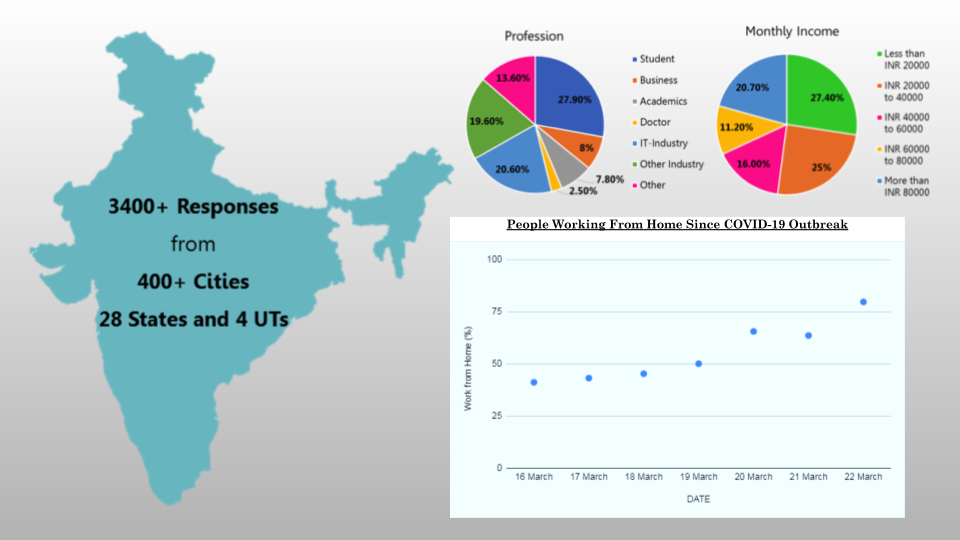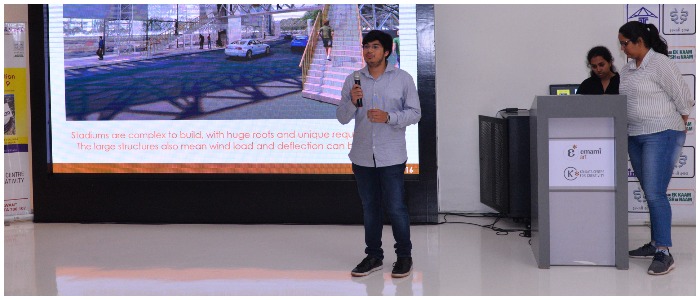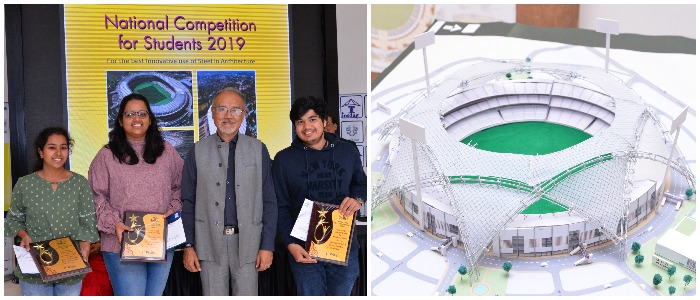
VGSOM Assigns COVID Case Study
IIT Kharagpur’s Vinod Gupta School of Management assigns Pandemic Case Study for Organizational Leadership education It has been almost 2 weeks since the teaching and learning at IIT Kharagpur has gone virtual. The Center for Educational Technology at the Institute has been using the online interface Webex for conducting classes across all levels of study. Shorter sessions are also being conducted through Zoom. Several research groups are also conducting studies on people’s perception and behaviour towards COVID-19 through progression of time. In one such initiative, the Vinod Gupta School of Management, business school in India of IIT Kharagpur ranked among…


